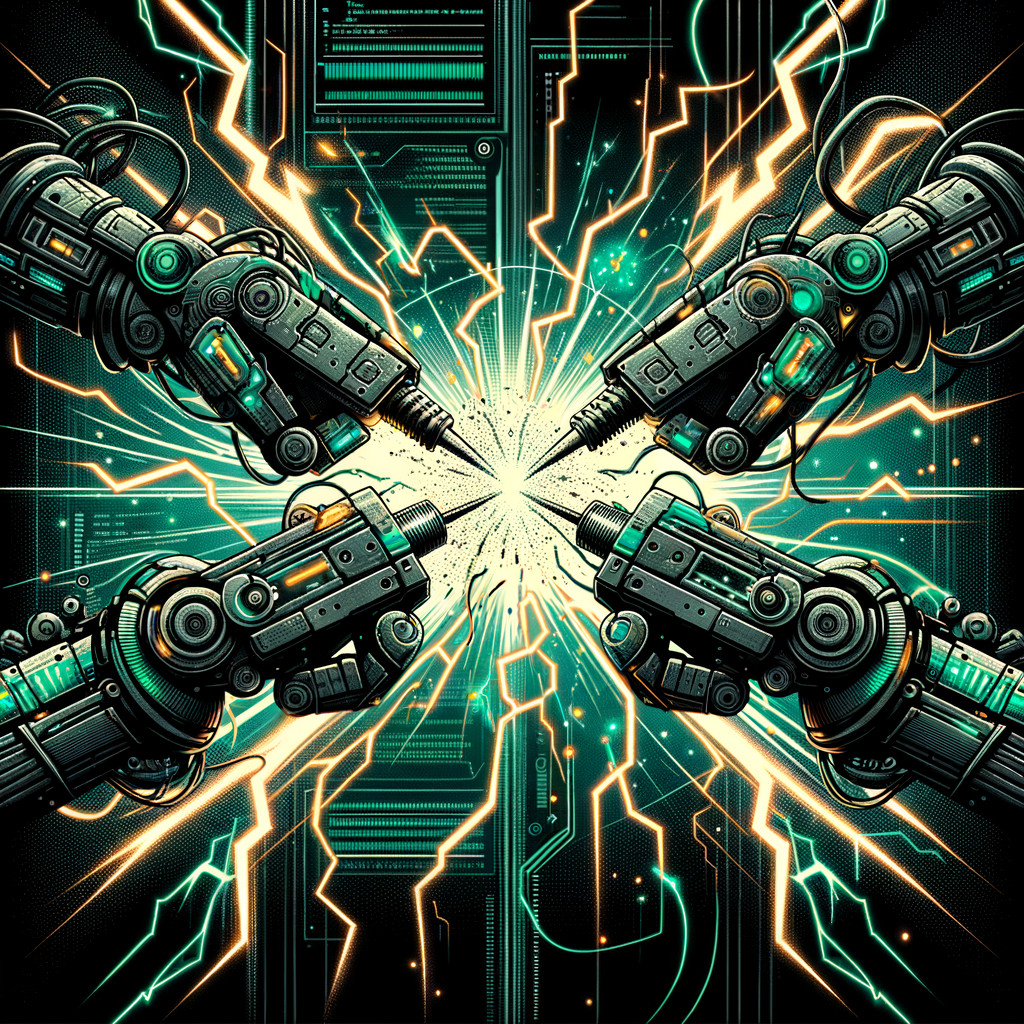Generated by Contentify AI
Introduction
Machine learning has revolutionized the field of robotics by enhancing the capabilities of robots to learn from data, adapt to new situations, and improve their performance over time. Through machine learning algorithms, robots can now make informed decisions, navigate complex environments, and interact with humans more effectively. This impact of machine learning on robotics has led to significant advancements in various industries, from manufacturing and healthcare to agriculture and transportation. As the integration of machine learning continues to grow, the potential for robots to become more autonomous, versatile, and intelligent is becoming increasingly evident.
The Evolution of Robotics Technology
One of the remarkable implications of machine learning in the realm of robotics is the evolution of robotic technology. This integration has propelled robotics to new heights, enabling machines to learn, adapt, and perform tasks more efficiently than ever before. The marriage of machine learning and robotics has led to the development of highly advanced autonomous systems that can navigate complex environments, make decisions in real-time, and interact with humans in a more natural and intuitive manner. This evolution has not only expanded the capabilities of robots but has also opened up a world of possibilities in various industries, from manufacturing and healthcare to space exploration and beyond. The synergy between machine learning and robotics continues to drive innovation and push the boundaries of what robots can achieve, shaping the future of automation and intelligent systems.
Applications of Machine Learning in Robotics
Machine learning has significantly influenced the field of robotics, revolutionizing the way robots perceive and interact with the world around them. Through the integration of machine learning algorithms, robots can now adapt to changing environments, make decisions based on data analysis, and continuously improve their performance. This impact of machine learning on robotics has paved the way for the development of more advanced and intelligent robotic systems that are capable of handling complex tasks with precision and efficiency. As a result, the applications of machine learning in robotics have expanded across various sectors, from autonomous vehicles and healthcare robots to industrial automation and beyond. The fusion of machine learning and robotics continues to push the boundaries of what robots can achieve, driving innovation and transforming the future of automation.
Challenges and Opportunities in Integrating Machine Learning with Robotics
The integration of machine learning with robotics presents a myriad of challenges and opportunities that are reshaping the landscape of automation. Challenges arise in the complex task of effectively merging the two disciplines, requiring a deep understanding of both machine learning algorithms and robotics systems. Furthermore, ensuring the reliability and safety of autonomous robots powered by machine learning algorithms poses significant technical hurdles that need to be addressed.
On the other hand, the opportunities that emerge from this fusion are vast and transformative. By leveraging machine learning capabilities, robots can adapt to dynamic environments, learn from experience, and enhance their decision-making processes. This integration opens doors to creating more sophisticated and versatile robots that can operate efficiently in diverse settings, from manufacturing floors to outer space. As researchers and engineers continue to explore the potential synergies between machine learning and robotics, the future holds promising advancements that will redefine the capabilities of autonomous systems.
The Future of Autonomous Robotics
As robotics technology advances, the impact of machine learning is increasingly evident in the evolution of autonomous systems. The fusion of machine learning algorithms with robotics has ushered in a new era of intelligent machines capable of learning from data, adapting to new situations, and making informed decisions in real time. This integration has revolutionized the capabilities of robots, enabling them to navigate complex environments, interact with humans more effectively, and perform tasks with greater precision and efficiency. The synergy between machine learning and robotics is driving innovation across various industries, from manufacturing and healthcare to transportation and beyond, shaping the future of automation and intelligent systems. As researchers and engineers explore the boundless possibilities of this integration, the potential for robots to become more autonomous, versatile, and intelligent is on the horizon, paving the way for transformative advancements in the field of robotics.
Conclusion
Machine learning has reshaped the landscape of robotics, ushering in a new era of intelligent machines with unprecedented capabilities. By harnessing the power of machine learning algorithms, robots can adapt to diverse environments, make data-driven decisions, and continuously enhance their performance. This symbiotic relationship between machine learning and robotics has revolutionized automation across industries, enabling robots to navigate complex tasks with agility and precision. The impact of this integration is evident in the development of autonomous systems that can learn from experience, interact seamlessly with humans, and revolutionize workflows. As the synergy between machine learning and robotics continues to advance, the future holds boundless opportunities for the evolution of intelligent autonomous systems that will transform industries and redefine the possibilities of automation.




